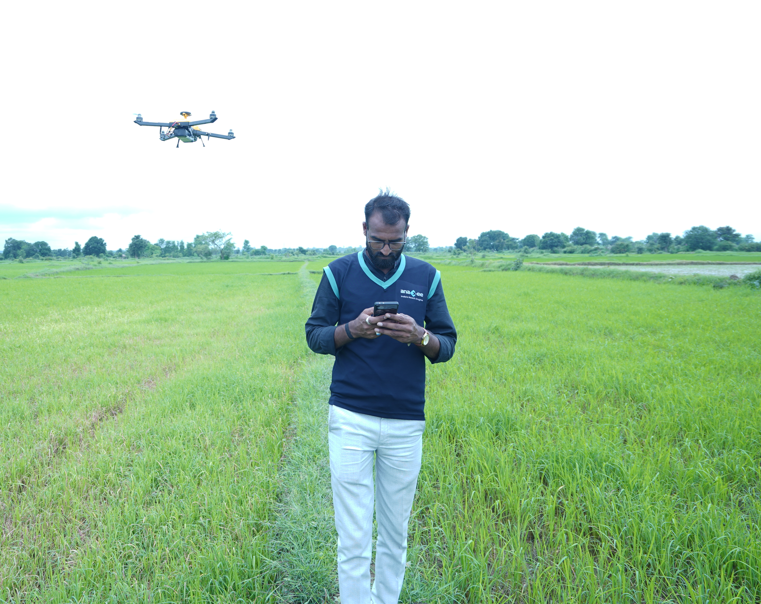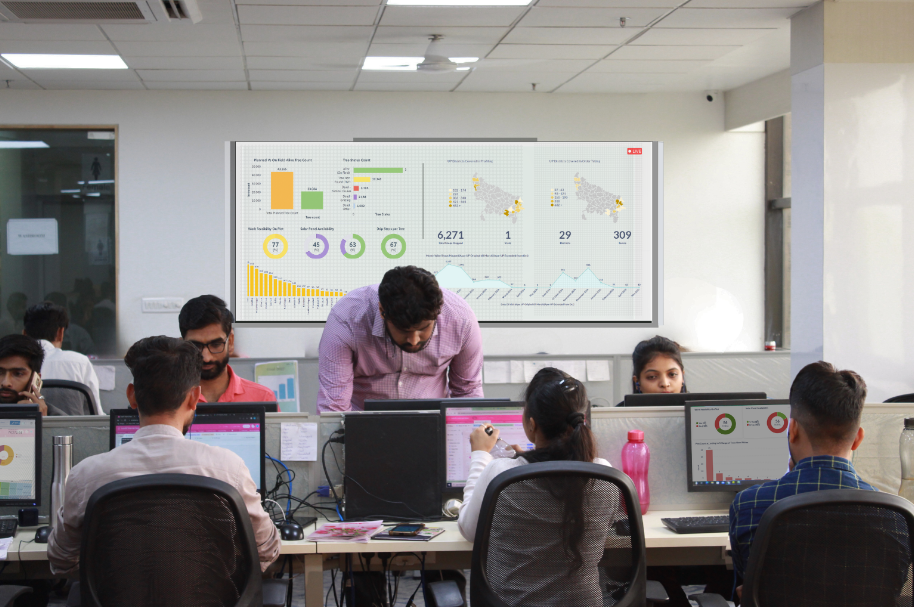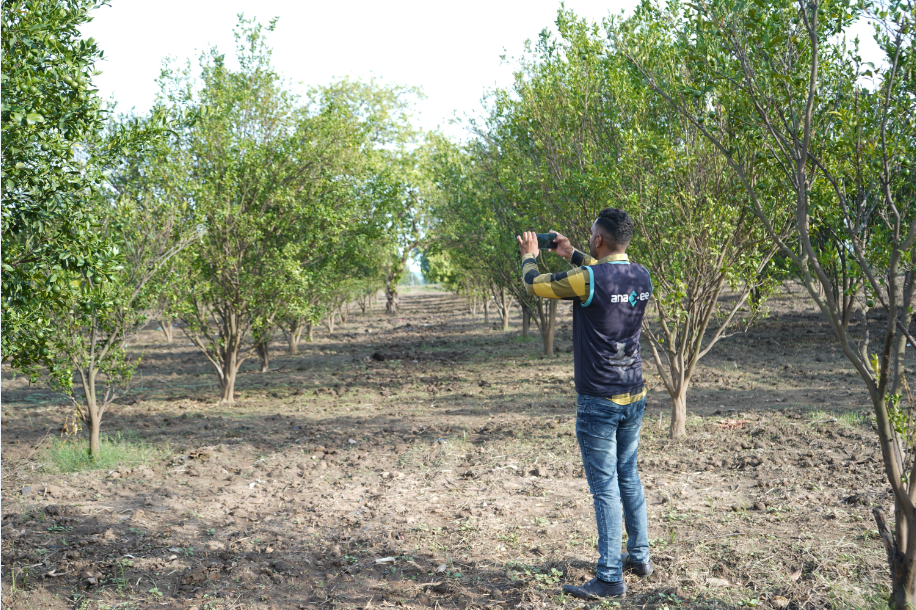BLOG

How to Prove Tree Plantation for Carbon Credit Validation in India?
With rising focus on climate action, carbon credits, and net-zero goals, tree plantation has become one of the key activities in carbon offset projects. But planting trees is just the beginning. To claim carbon credits, especially under international standards like VERRA or Gold Standard, you need to show proper proof of plantation- that trees are actually planted, thriving, and mapped properly.
So how do you prove a tree plantation project is real and meets validation standards in India?
Let’s break it down in a simple and practical way.
1. Geo-tagging and Satellite Mapping
The first step is to capture the location of plantation sites with proper GPS coordinates. This can be done using mobile apps with geo-tagging features. Tools like Anaxee’s Tech for Climate are very useful here- the system and app is easy to use, even for field staff with basic smartphones.
Each plantation site should be geo-tagged during the actual activity- like pit digging, sapling planting and follow-ups. Once uploaded, these locations can also be verified with satellite imagery, which helps confirm the scale and authenticity of the plantation project- especially helpful in large-scale Agroforestry projects in India.
2. Time-stamped Photos + Mobile Survey Data
Just GPS is not enough. You need visual and digital evidence of the tree plantation work.
Ask your on-ground team to take clear, time-stamped photographs showing: Before and after plantation work, Pit digging, sapling plantation, Regular growth updates (every 3-6 months) etc.
Also, use mobile survey forms to digitally capture:
1.Number of trees planted
2.Tree species
3.Land size and plantation area
4.Name and mobile number of land-owner/farmer
This kind of real-time digital data adds strong credibility to your plantation claim.
3. Tamper-Proof Data Storage (Blockchain or Central Database)
Once your geo-tags, photos and survey data are collected, all of it should be uploaded to a secure and tamper-proof database. You can use a centralized cloud dashboard or go one step ahead and use blockchain-based systems.
Such digital records make carbon credit verification by external agencies much smoother. It also shows that your project is serious about transparency and traceability.
4. Third-party Verification
For any carbon credit project to be trusted, independent verification is important. Third-party validation agencies help audit your plantation data and cross-check what is submitted.
Anaxee works with such agencies to offer complete support – from plantation to proof to verification. This adds more value when you are selling credits to buyers or submitting to international standards.
5. Long-Term Monitoring is a Must
Planting trees is one part. But to claim carbon credits, you must prove that trees are alive and growing over time. So regular monitoring becomes part of your MRV (Monitoring, Reporting, and Verification) process.
Typically, you need to monitor plantations every 6 or 12 months. Anaxee’s tech and field network helps with consistent field checks, photo updates, and health assessments of planted trees. This ensures your agroforestry project in India stays compliant for long-term carbon validation.
A well-documented tree plantation with geo-tagging, digital proof, third-party validation, and regular monitoring is the backbone of any successful carbon credit project in India.
With the right tools and partners like Anaxee, even rural or community-driven plantations can be scaled and verified confidently. So if you’re planning an agroforestry or tree plantation project for carbon credits Connect with Anaxee today at sales@anaxee-wp-aug25-wordpress.dock.anaxee.com







